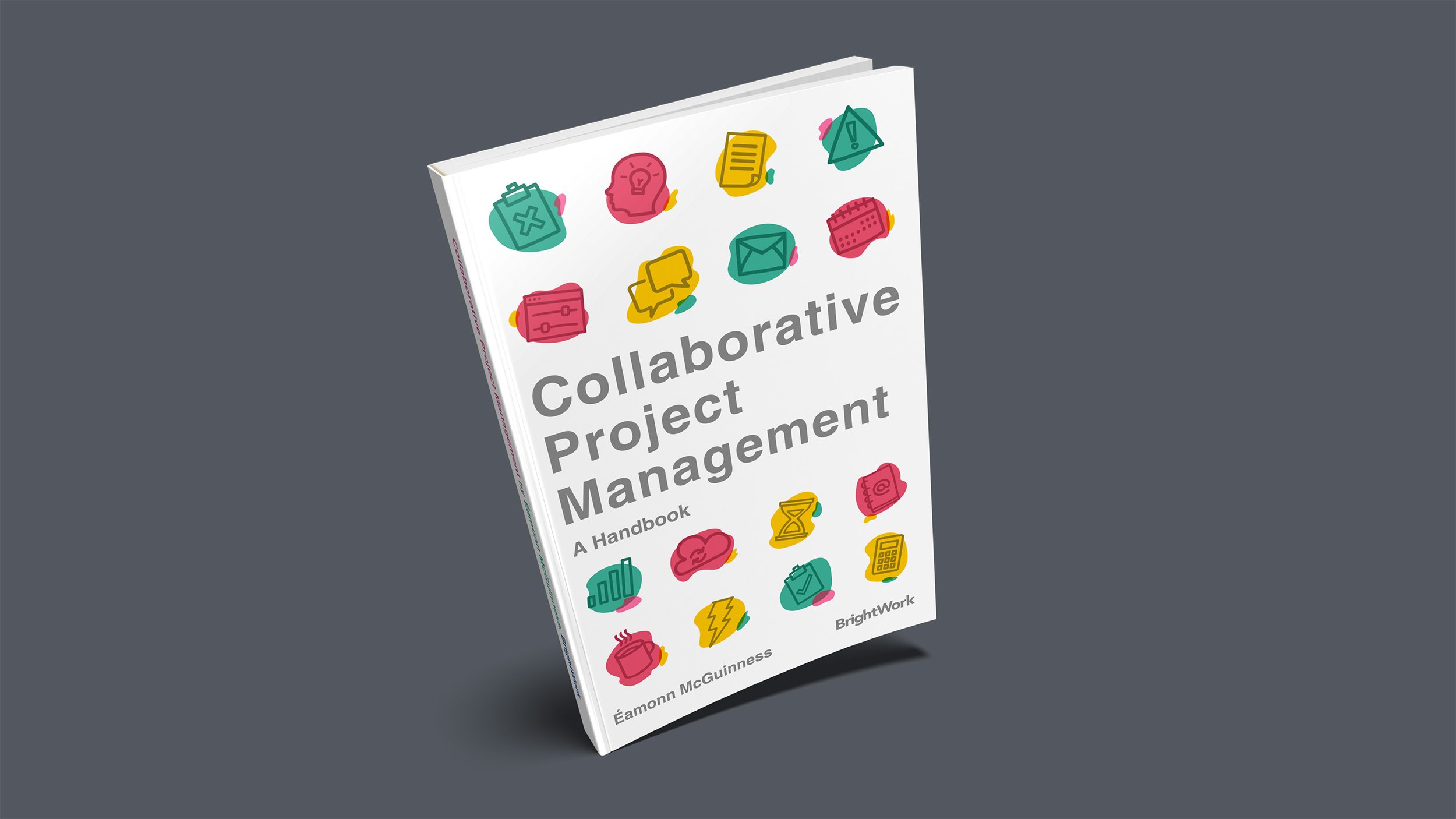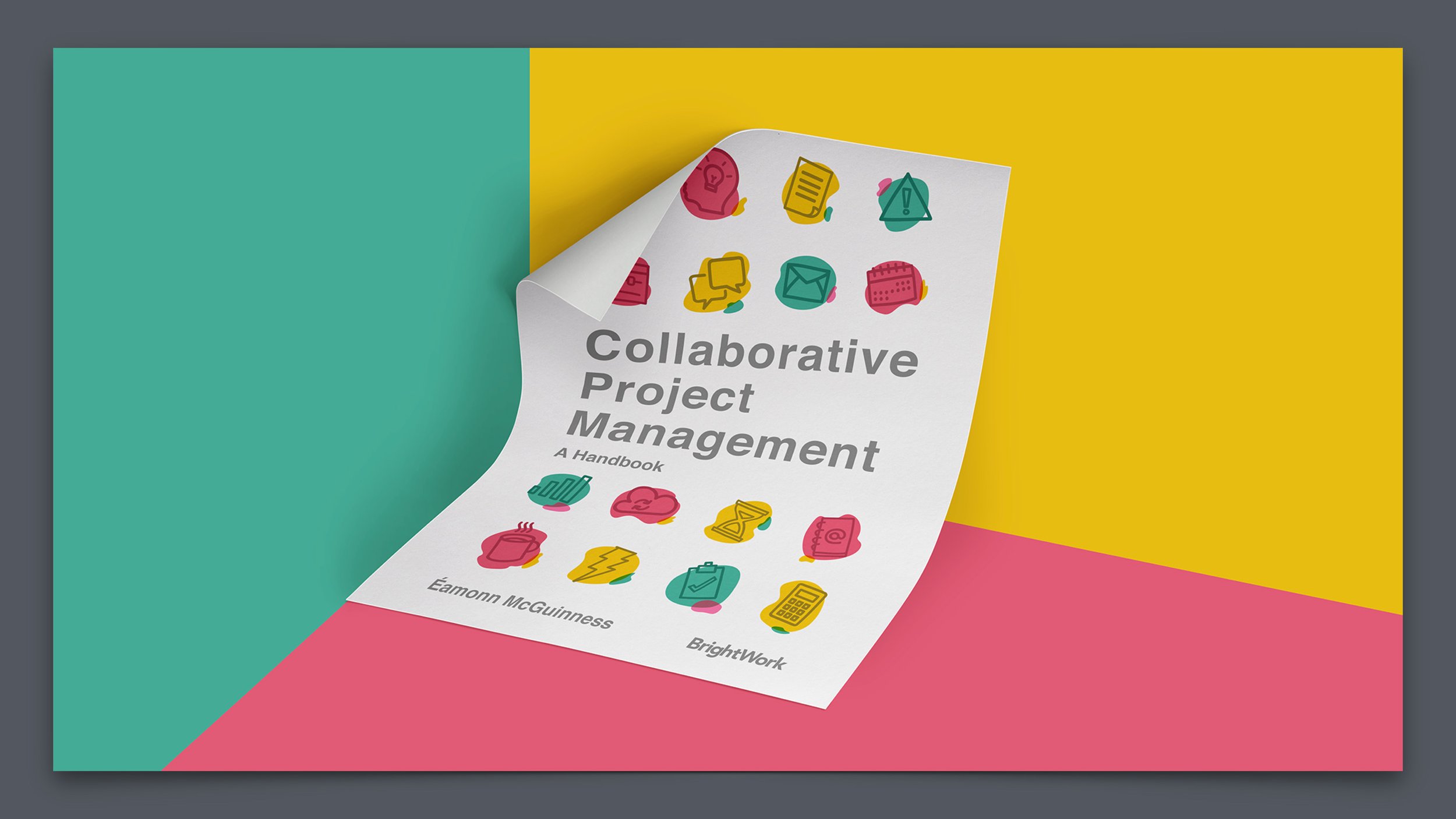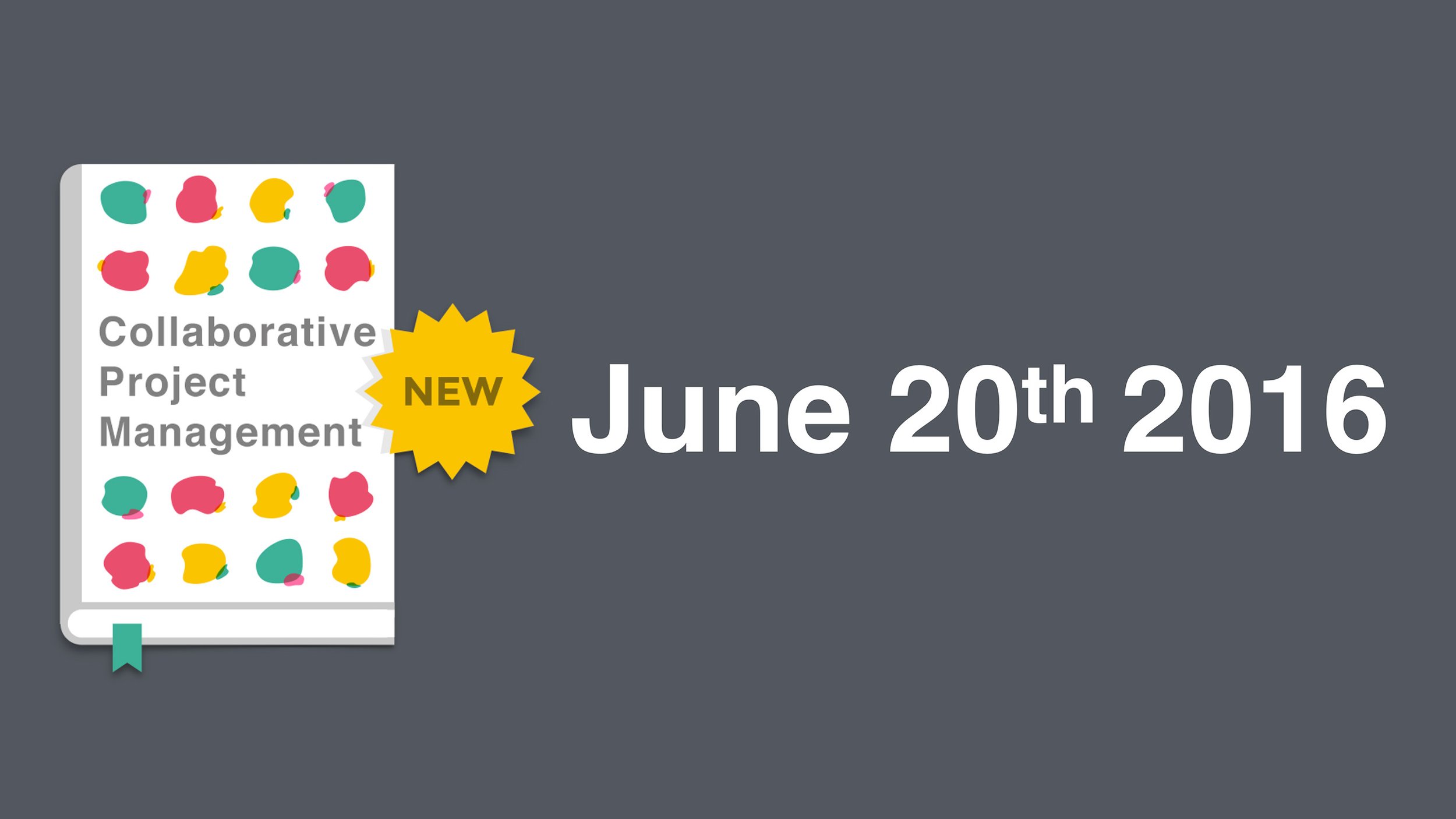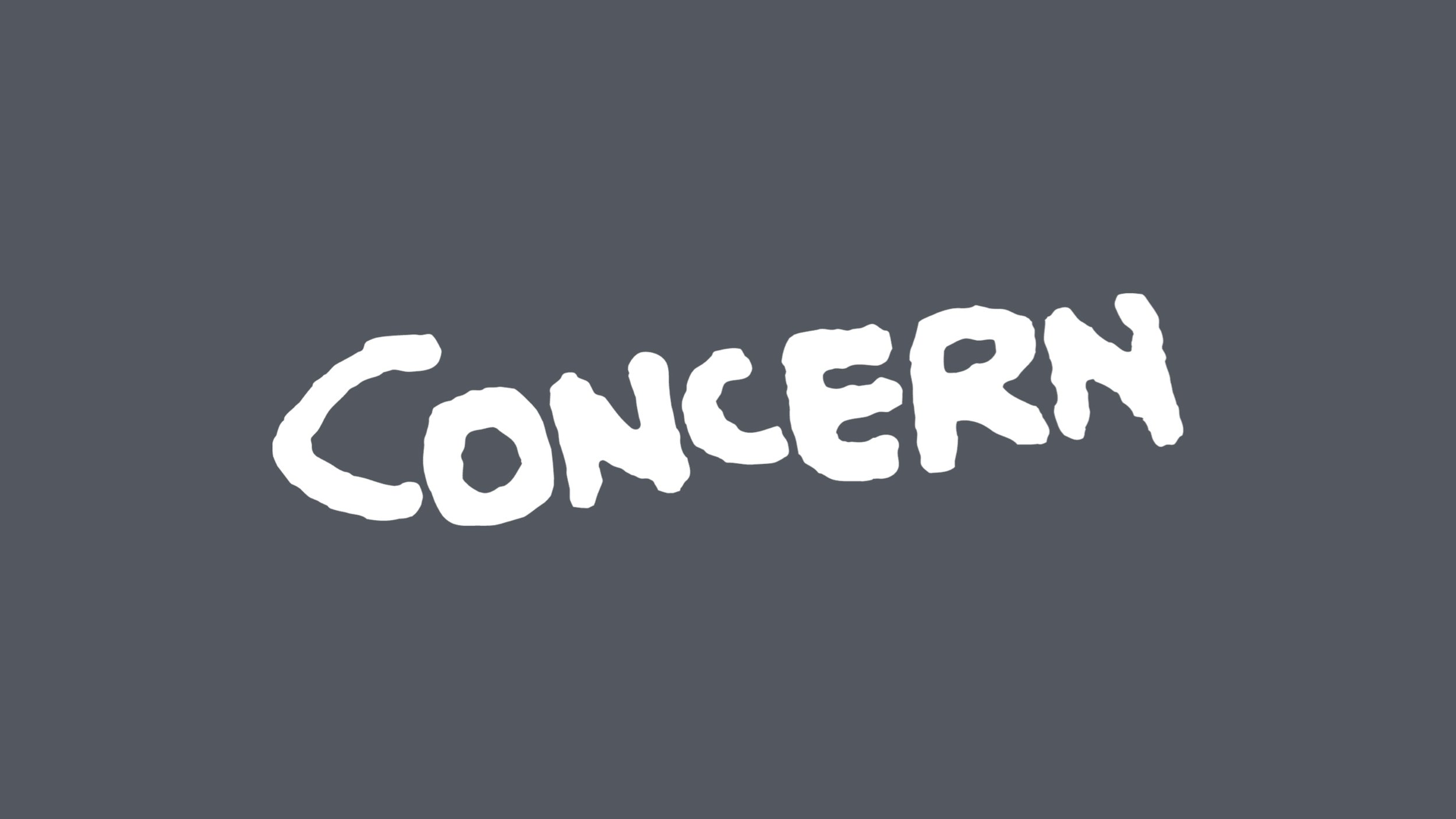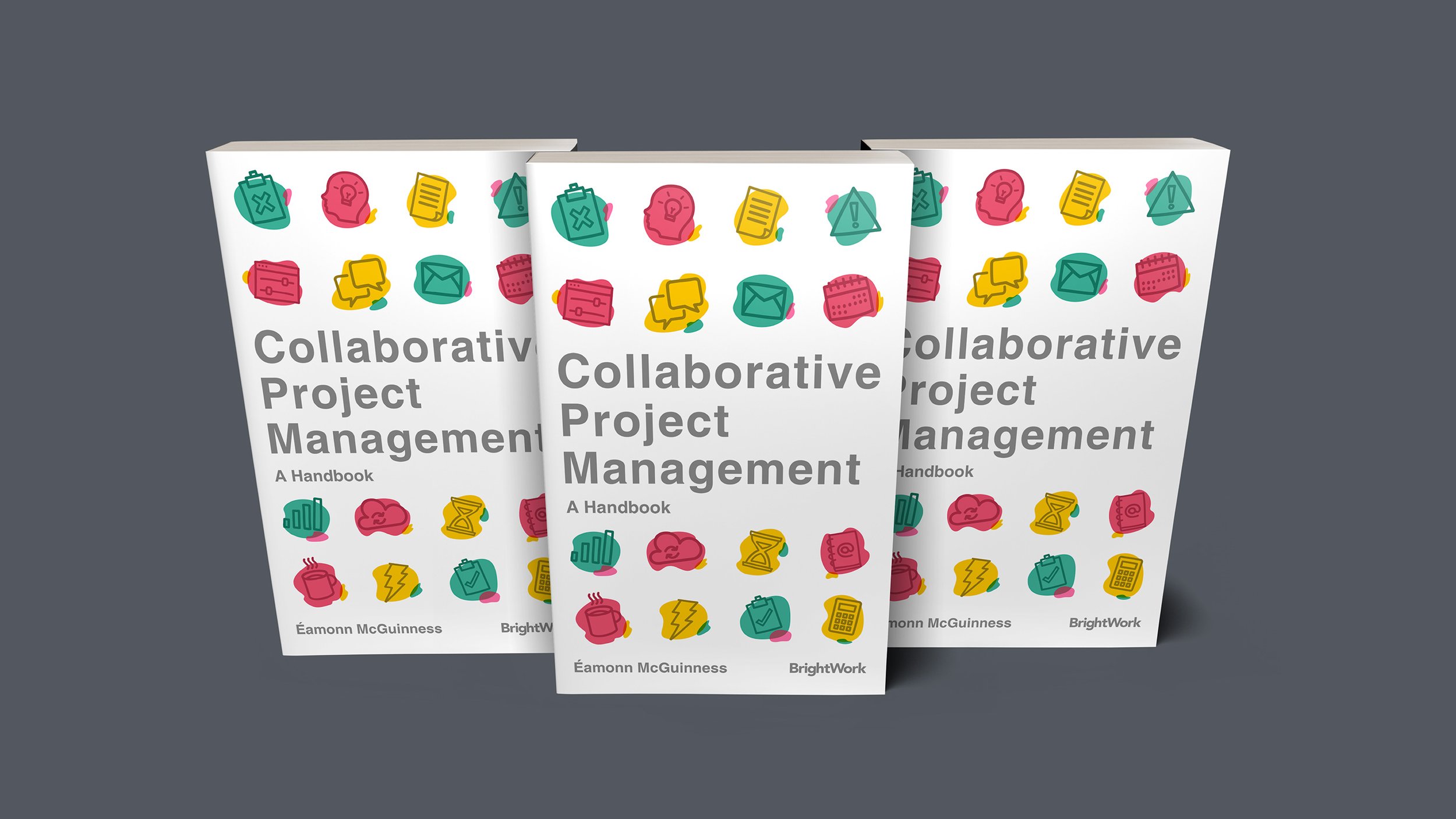Collaborative Project Management
Role: Illustrator & Content Contributor
Collaborative project management can bring people from different departments, offices, companies and continents together to complete a project. Collaboration drives successful projects and innovations across all industries. Seismic changes in how teams work together and run projects means that collaboration is more important now than ever. The expansion of remote working, new communication solutions and accidental project managers are all factors in these changes. This book provides practical tips and tools to support collaboration, no matter where you work or your role on a project. It outlines a summary of the typical steps and stages involved in successfully managing a project collaboratively with a team, including exercises for the project team members.
The book addresses the topic of Personal Leadership, and describes the habits and qualities that successful project managers and team members practice and exhibit on a daily basis. Naturally, the people and process aspects are interdependent. The book also includes a three-step framework called ‘Collaborate, Lead, and Evolve’ and an expanded section on leadership covering both personal and situational leadership. The intention was to create an easy to follow and simple to use project management book for new project managers, a guide for team members who want to collaborate in the active management of a project, and a source of materials that more experienced project managers can adapt in order to coach new project managers. The book's author Éamonn McGuinness, is a strong believer in the ‘Start - Evolve’ approach to deploying collaborative project management, and feels that an agile process where a little delivered with frequent feedback is a stronger method of building sustainable project management improvement. Each chapter of this book represents an implementable chunk of collaborative project management or leadership. The hope is that you will find practical advice in the book, that you can take onboard and then implement on upcoming projects.
The author Éamonn McGuinness, is the CEO and founder of BrightWork. From 1995 onward, Éamonn has been involved in the development of commercial software products on Lotus Notes, SharePoint and Microsoft Office 365, with the consistent product mission of process driven and people inspired collaborative project management. Éamonn has served on Microsoft SharePoint and Microsoft Project advisory councils since 2001. He has over 30 years of executive experience at various technology organizations including The United Nations, The Armed Services and Digital Equipment Corporation.
Designing The Book
All books are judged by their covers until they are read. This is becoming increasingly true in the digital era. A small thumbnail on a store is most likely the first impression a person will have of your publication, and possibly the last. Likewise, the importance of customer ratings and reviews almost make a blurb irrelevant, so you can’t rely on that alone to convey the ethos of your book. For Collaborative Project Management, what we ultimately wanted to create was a book that customers could reference throughout their working day that looked approachable and accessible. For the front cover, the clean white background reflected the fresh approach to collaborative project management that is championed within the book. The cover itself tells a short story of someone encountering an issue on a project, developing and implementing a solution and ultimately counting the benefits. The modified Helvetica typeface that we used, was chosen as it’s as much about the negative space surrounding the letters than about the lines that make up the characters themselves. It also remains very legible when resized down for use in various marketing assets.
As both the designer and a major content contributor, I was involved from the first kickoff meeting of the book project, right up to its publication. Our main focus was initially on the printed version of the book, but we had to make compromises to ensure that it looked legible on a variety of digital devices including Kindles and iPads. Subsequently, Adobe Garamond Pro was chosen as our primary typeface as it remains very legible when appearing on a smaller device. Proportionally spaced typefaces from that font family were utilized in various parts of the book. Illustrating the detailed process diagrams was kept consistent by following a set design system and style guide. Other tasks on the project included optimizing how barcodes were rendered, adjusting the bleed areas and spine widths, and embedding fonts for the digital versions.
Over the years at BrightWork, we had regularly received feedback from our customers about the need for more collaborative project management guidance and resources. In 2010, we published a collaborative project management guide on the BrightWork website to address these needs. In 2016, the guide evolved into the first edition of this handbook. The second edition in 2017 builds and expands upon the first edition by adding the three step framework of ‘Collaborate, Lead, and Evolve’ and an expanded section on leadership covering both Personal and Situational Leadership.
Project management is moving away from traditional managerial hierarchies and processes to a more collaborative approach, which emphasizes teamwork and cooperation. With this in mind, we have developed a new framework called ‘Collaborate, Lead, and Evolve’ to guide collaborative project management. The book outlines the tools, resources, and leadership needed to deliver projects collaboratively using the framework. Naturally enough, the people and process aspects are interdependent and critical for this. The objective here is not to suggest that the book should replace formal project management training. There will still be a need for some new project managers to take training to acquire a deeper knowledge of project management principles. We have seen many customers use the original guide and this handbook as introductory training for new project managers and their teams.
Organizations often go from having very few common project management practices to a place where they're trying to implement a massive amount of project management far too quickly. Readers should feel confident in selecting and starting with a small amount of the advice from this book to implement quickly and enjoy early success with their teams. Then, every month or quarter, they should come back and evolve these collaborative project management practices based on team feedback. Each chapter in the book represents an actionable set of project management or leadership advice, and ends with an implementation exercise. It is recommended that you read and exercise the pieces of this book you believe would be helpful as you start the next phase of a project or kickoff a new one. If you decide to use it as a handbook and come back for advice and exercises, we suggest that you keep a journal with your notes as there is far too much advice in this book for a newer project manager to implement in one go. We hope that you find valuable advice in this book to adopt when working on projects and more broadly in your life.
The entire proceeds of Collaborative Project Management were donated to Concern Worldwide, an organization dedicated to working with the world’s poorest people to help transform lives. This decision has been warmly received by both our readers and the charity alike. Concern Worldwide is currently Ireland's largest aid and humanitarian agency and aims to help those living in the world's poorest countries. It is engaged in long-term development work, in addition to emergency relief in Africa, Asia and the Caribbean. Concern's core work focuses on health, hunger and humanitarian response in emergencies. The charity also works in partnership with small community groups as well as governments and large global organizations.
The Process Behind Designing The Book keynote presentation can be downloaded here.









